Pistons play a vital role in the operation of internal combustion engine models. Whether using gasoline or diesel, the engine also needs pistons to transmit the energy generated from the fuel to other components.
Because of that, this part will have to work continuously, leading to more dirt having a chance to stick to it, thereby damaging engine performance. So today, we will show you how to clean pistons without removing all the parts.
Overview Of The Structure And Use Of Piston
Before starting to work with any part, we should first learn the structure and how it works.
Piston’s Structure
A bare piston will have a cylindrical shape with a hollow body inside to connect to the rotating shaft. Usually, people often divide this part into three small details: the top, head, and body.
If the top of the Piston is responsible for driving, the piston body has a role and orientation, and the top is a lock to prevent foreign agents from affecting the combustion process. In particular, the top of the Piston is the most prone to dirt position because it is in direct contact with the fuel.
Uses of Pistons
The main effect of the Piston is to move up and down continuously, thereby causing the crankshaft to rotate and then drive to other parts to help the vehicle move. During that movement, the fuel mixture will constantly act on the Piston.
Piston soiling agent
As mentioned above, the Piston will have to contact directly with both the fuel and the engine oils. So it can be that many factors cause unpleasant plaque at the top of the Piston.
The most common type of dirt that leads to a slow and inefficient piston operation is carbon powder, a by-product of gasoline in the combustion process. In the long run, this powder layer will combine with the steam generated while heating the oil to create a slime slurry with high viscosity and adhesion.
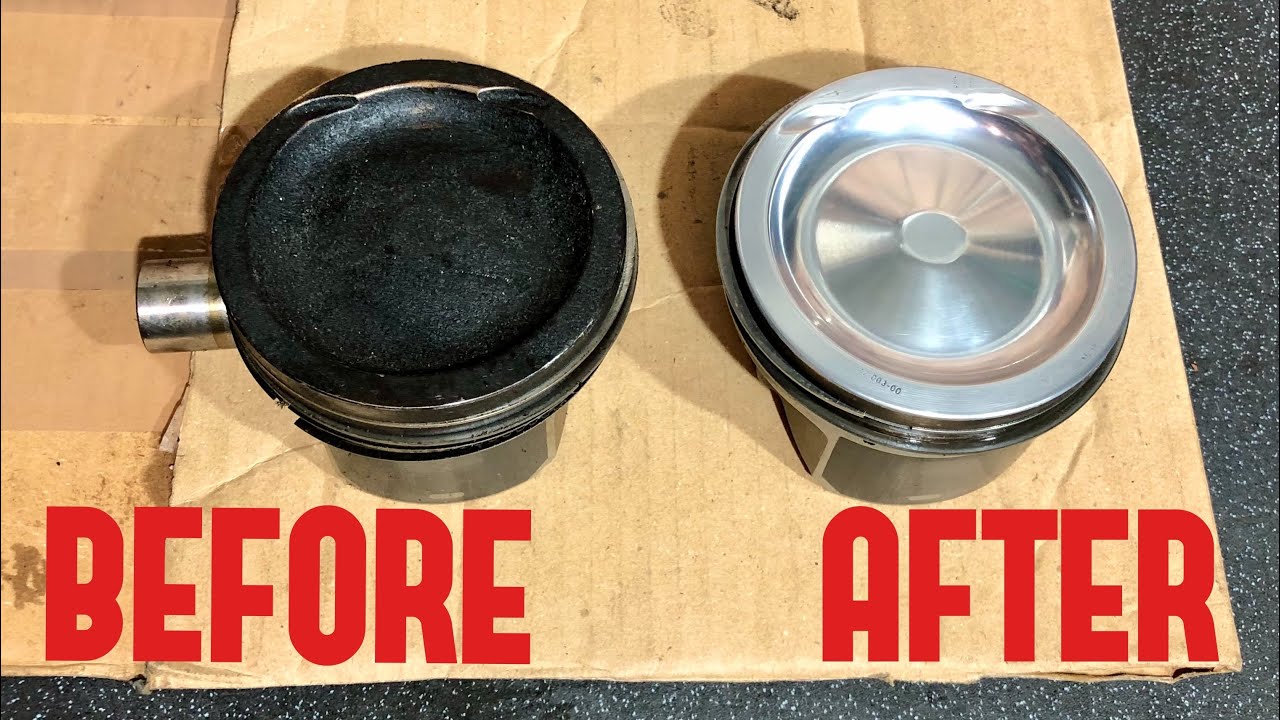
Signs That The Piston Is Too Dirty
If you encounter the following situations, it is very likely that the Piston in the car is too dirty and can no longer work properly if we do not carry out cleaning.
Smoke appears abnormal
Excessive smoke is never a sign of anything good. So if you observe these dense clouds of burnt-smelling air, it’s best to perform a thorough inspection of the car, not just the pistons.
In addition, each type of failure will produce a different color of the smoke, and if the problem is in the Piston, the smoke will be gray or white.
Excessive oil consumption
One of the most common causes of the loss of a large amount of oil is a problem with the Piston. Because the oil cannot circulate if it is blocked by dirt on the piston head or when the Piston is damaged, congestion or even leaks will happen sooner or later and cause solvent loss.
Reduced performance
The power of the engine will be the most apparent indication of the condition of the Piston inside. So in case, your car is found to be abnormally weak, perhaps the Piston has a problem. We will quickly see this case in vehicles that have not been started for a long time. So you need to understand how often should you start your car to avoid unfortunate incidents.
Why Should We Not Remove The Piston By Ourselves?
Like many other parts in the car engine, disassembling the Piston is not easy at all. You will have to go through many steps and many tools to separate each piece. If you do not have enough experience, likely, you will accidentally damage your car when you disassemble it the wrong way.
In addition, arbitrarily affecting the internal machinery will cause your car to lose its warranty even though it is still within the time limit.
How To Clean Pistons Without Removing
Turn Off the Engine
First, you need to make sure you turn off the engine and let it cool down before cleaning. Because if the engine is still running or overheating, the manipulations will be complex and easily cause more complicated problems. In addition, you should choose a location with good ventilation to avoid being overwhelmed by dust and chemicals when working.
Clean damper and pipes
After the engine is completely turned off, you can start cleaning by separating the air hose from the throttle valve. Next, we will need to use the Air Intake, Valve & Combustion Chamber Cleaner solution to clean both of these parts.
Clean the Fuel Rail
This is when we proceed to clean the details inside the engine, namely the fuel line inside. This process will require you to use cleaning machines and specialized water pressure to create a jet of water strong enough to penetrate deep into the interior.
The way to do it is not too difficult, and we just need to dismantle the Fuel Rail and then let the specialized equipment spray water mixed with the cleaning agent through.
Use Gasoline Enhancer
We all know that gasoline by-products are the leading cause of piston clogging. We will need to use gasoline boosters if we do not want to continuously clean many parts.
You will need to fill up at least half of your existing fuel tank capacity to use the booster chemicals. Then put the chemical in and fill up the rest of the gasoline.
Clean Engine Oil Circulation
In this step, we will use a chemical called engine performance restoration to clean the dirt inside the engine through the path of engine oil.
Using this chemical is not difficult; you just need to do two things: mix the solution into the current engine oil and start the engine. After the machine has been operating for 30 minutes, we turn it off, drain the old oil, and change the new oil.
Increase Engine Oil
Like gasoline, poor-quality oil will create many by-products as it moves around the Piston. So you will also need to add oil enhancers inside the engine oil to enhance performance and minimize the creation of too much oil vapor.
Conclusion
After this article, we hope that you have grasped the steps to once again restore the pistons to the best condition without having to take them all apart.

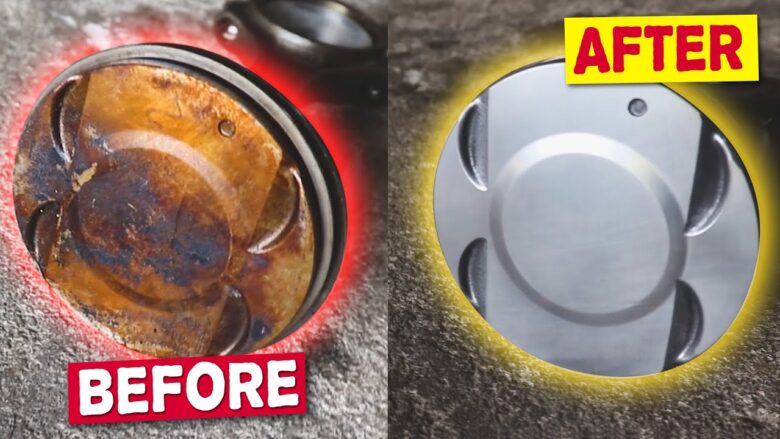
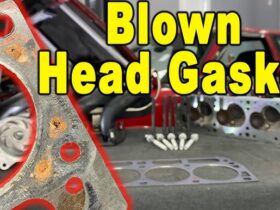
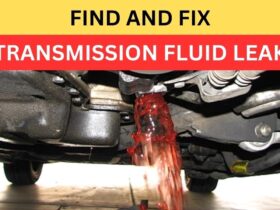
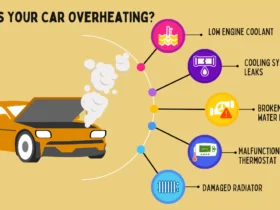
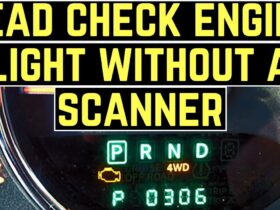
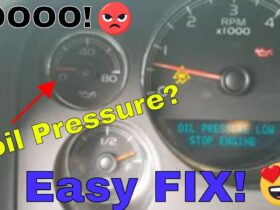
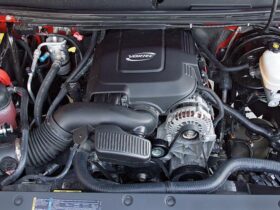
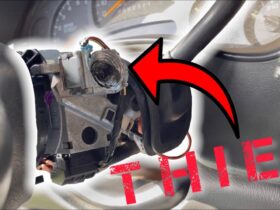


Leave a Reply